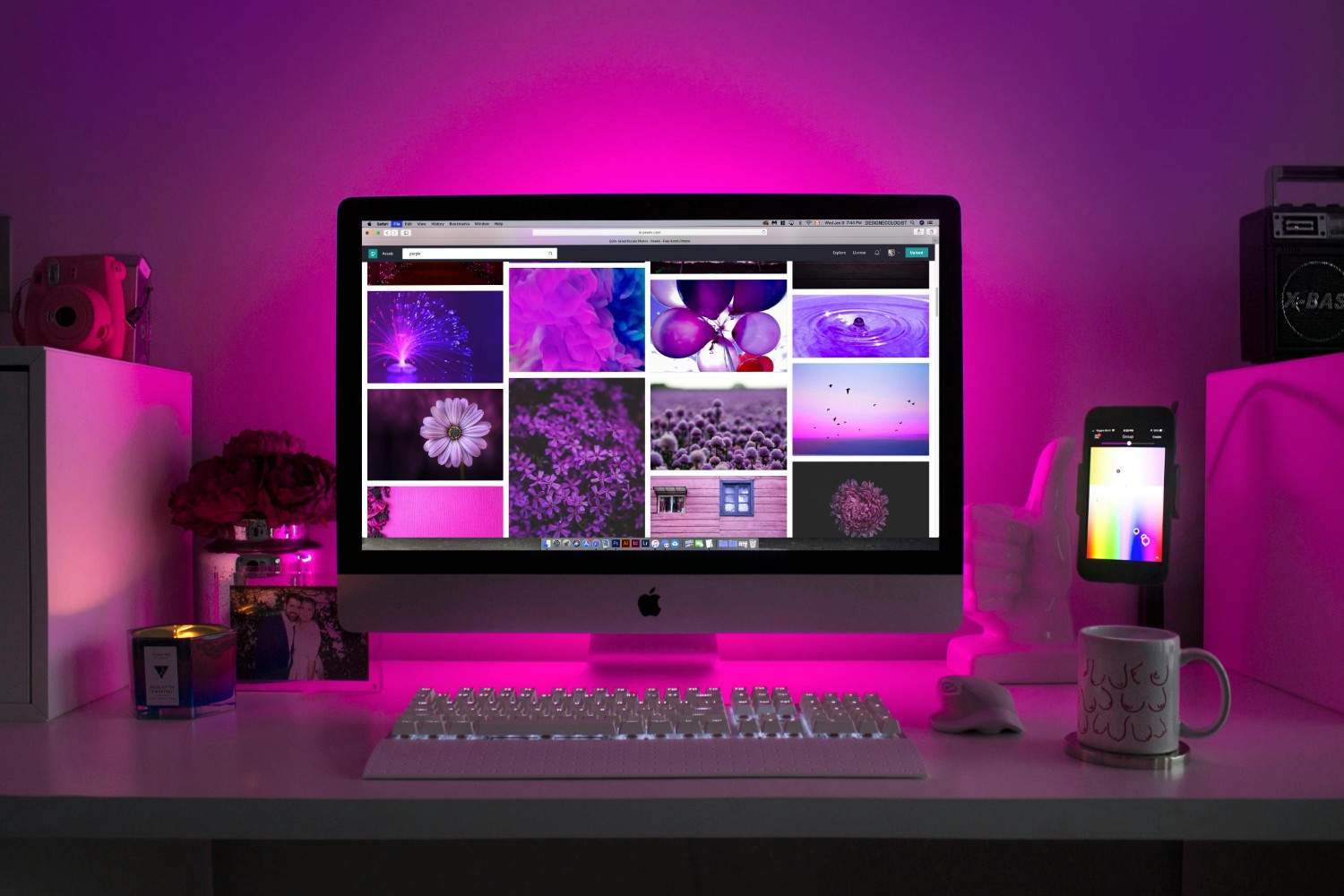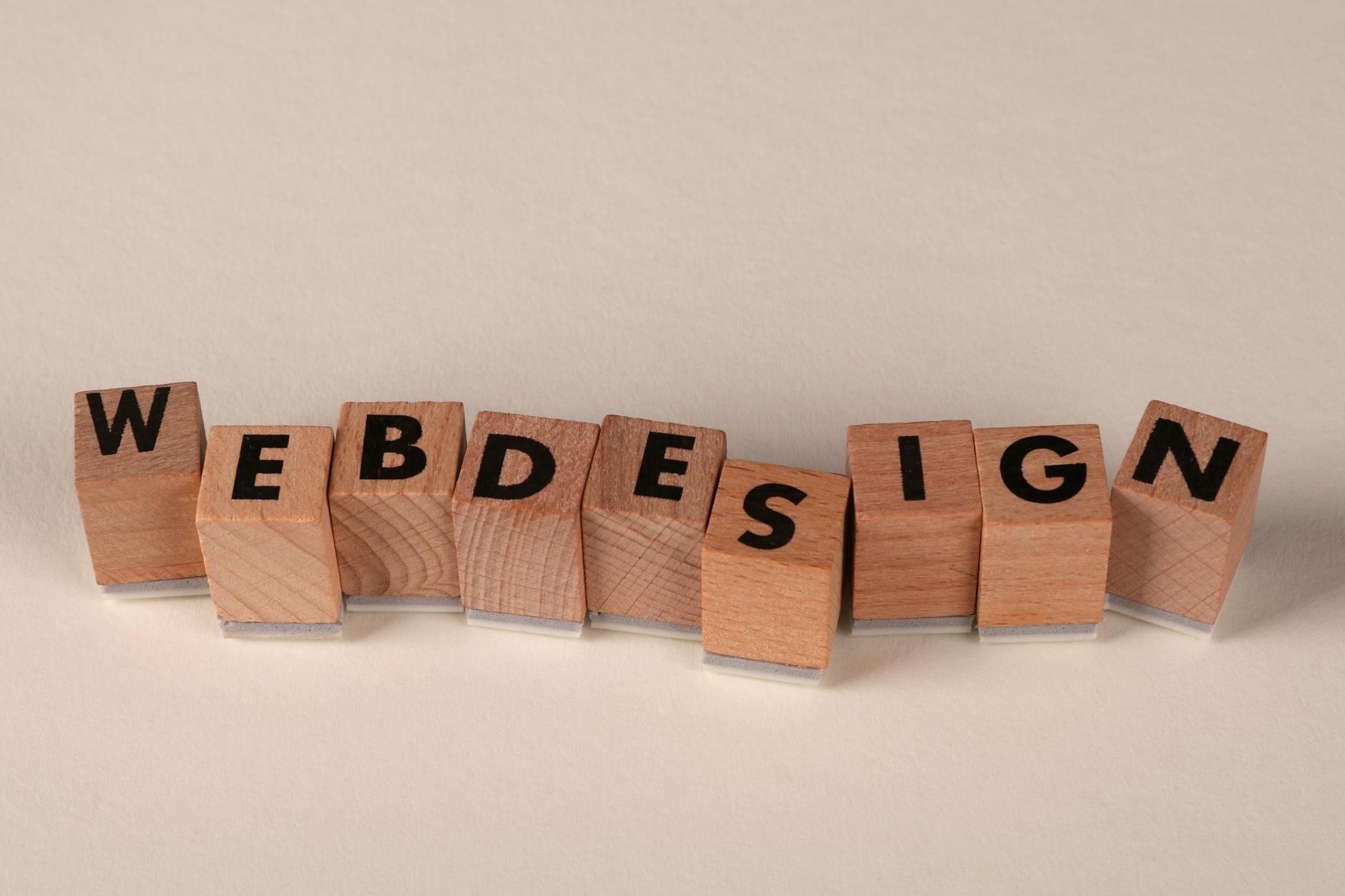
- September 1, 2025
- Website Design Tips
Website Design Tips 2025: Create a Clean, Modern Site That Captures Attention
Website Design Tips That Make Your Site Shine
Imagine landing on a website that feels like a fresh, organized space—colors gentle on your eyes, words clear and easy to read, each element sitting in balance. You know right away you want to stay. Good design isn’t just about looks, it sets the tone for trust, drives action, and makes your business memorable. Clean and simple websites help visitors connect fast and find what they need. This guide covers smart website design tips you can use today, whether you’re updating a business site or starting something new.
Fundamental Design Principles
Even the most creative websites rely on a few simple rules. These core ideas help keep things organized, readable, and trustworthy. When in doubt, review these basics—small changes here often make the biggest difference.
Consistent Layout and Grid
A clear grid—like a set of invisible lines—creates order and structure. Well-aligned content builds confidence, much like tidy shelves in a store invite customers to browse longer.
How to keep your layout neat:
- Use a 12-column grid system or basic column rules for structure.
- Keep margins (space outside content) and padding (space inside content) consistent.
- Align images, text, and sections for a clean line from top to bottom.
Quick checklist:
- Are margins the same throughout the page?
- Does each section start and end at the same horizontal line?
- Do columns feel balanced and evenly spaced?
For more layout and alignment inspiration, see this helpful Reddit discussion on web design dos and don’ts.
 Photo by Ann H
Photo by Ann H
Readable Typography
Good typography feels almost invisible—it just works. Pick one clear font for headlines and another for body text. Most sites only need two font families.
Keep these tips in mind:
- Headings should be bold and larger than body text.
- Paragraphs read best at 16-18 pixels.
- Set line height to 1.4–1.6 so lines don’t crowd each other.
- Check color contrast between text and background. Black on white is always safe, but high-contrast colors can work too.
Find a helpful font pairing and contrast test with the advice from HubSpot's web design best practices.
Effective Color Use
Color shapes how people feel about your brand. Limiting your color palette makes your site feel polished and confident. Start with one main color, add a secondary accent, then fill in with neutral tones like white, gray, or black.
Easy color tips:
- Use brand colors sparingly. Too much can overwhelm.
- Check color contrast, especially for buttons and important messages.
- Use simple online tools to see if text stands out against a background.
Sticking with a few colors is one of the best ways to stand out, as described in Wix's professional site design tips.
Simple Navigation
Visitors want to find what they need without thinking. Navigation should be upfront, obvious, and free of clutter.
Keep navigation easy:
- Use a menu with 5-7 top-level pages.
- Arrange menu items in a logical order.
- Add breadcrumb trails for deeper sections or blogs so users know where they are.
Logical structure and clear labels guide visitors—much like clear signs in a store help shoppers. If menus confuse you while browsing your own site, chances are visitors feel the same.
Practical Tips for Better User Experience
Once the basics are right, take a few more steps to make your website fast, friendly, and accessible. Even small changes here help visitors feel at ease and encourage them to stay longer.
Optimize Page Load Speed
No one likes to wait; slow sites lose visitors. Fast loading pages feel smooth and professional.
Quick ways to boost site speed:
- Compress image files before uploading.
- Use browser caching so repeat visitors load faster.
- Minimize and combine code files (CSS and JavaScript).
Test your site quickly by right-clicking, choosing “Inspect,” then looking at the “Network” tab while refreshing. Large files and long load times are easy to spot.
For more in-depth research and tricks, check out these 27 research-backed web design tips.
Mobile-First Design
Most visitors come from mobile devices now. Designing for small screens before desktops forces you to keep things simple.
What works on mobile:
- Start with one column layouts, then add columns for bigger screens.
- Use flexible breakpoints to adjust layout, fonts, and images at different device widths.
- Skip hover-only features—fingers tap, they don’t hover.
Buttons should be big enough to press without zooming. Fonts must stay legible on tiny screens.
Clear Calls to Action
Every page should guide the visitor toward one goal. Whether you want them to sign up, learn more, or make a purchase, the path should be obvious.
Strong CTA tips:
- Use verbs: “Get Started,” “Download Free Guide,” or “Book Now.”
- Choose button colors that pop against your background.
- Place CTAs where eyes naturally stop (after headlines, in the middle of a section, or at the bottom).
Clarity builds trust. Never make a user guess what’s next.
Accessibility Basics
The best sites welcome everyone. Small steps make your site usable for people with disabilities.
Accessibility actions:
- Add alt text to all images so screen readers describe them to users.
- Use link text that describes the page, not “Click here.”
- Test navigation with only your keyboard. Make sure you can move through the site and see where you are.
Try running your site with a free screen reader or accessibility tool. Check Smashing Magazine’s principles of effective web design for more ways to improve usability.
Conclusion
A great website feels welcoming, simple, and honest. Stick to a clear grid, readable fonts, and just a few soothing colors for an inviting first look. Keep navigation and calls to action straightforward, and always think of the visitor first. Tiny changes often make the biggest impact. Take one tip from this list and use it today. Watch as your site becomes easier to use, more beautiful, and more likely to turn new visitors into returning fans.









